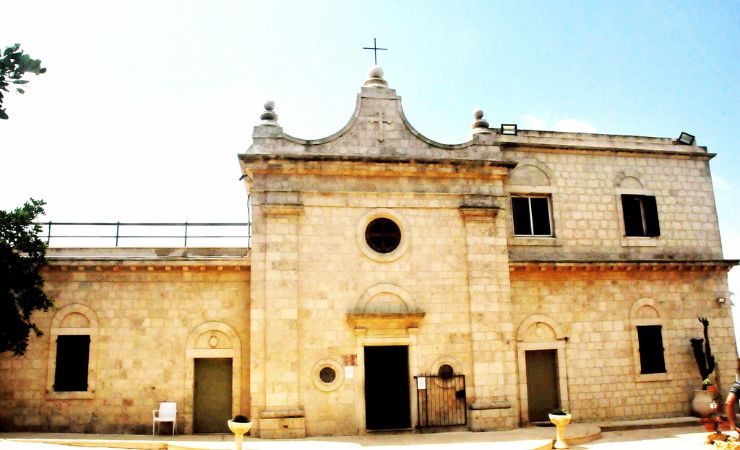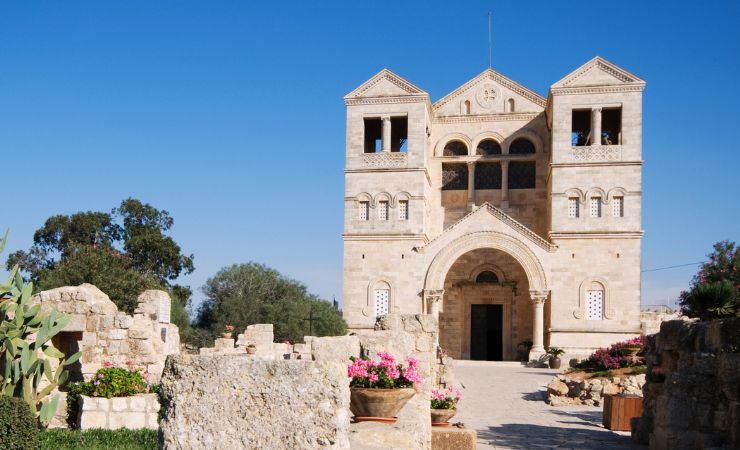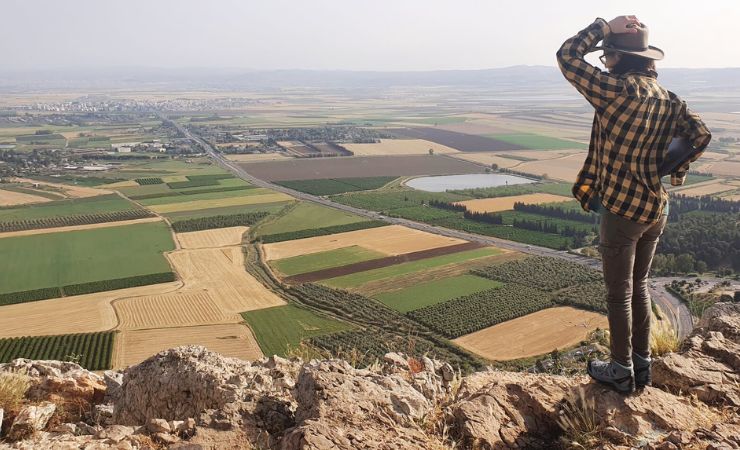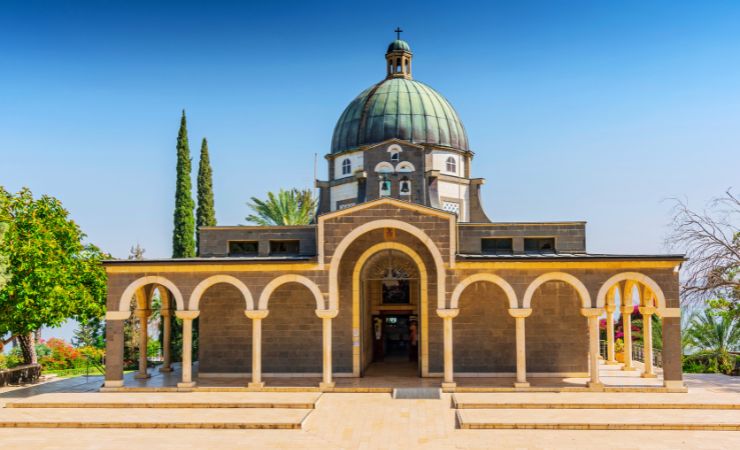The Miracle of Mukhraka: A Showdown on Mount Carmel
Perched high on Mount Carmel, Keren Carmel—better known as Mukhraka—is traditionally associated with the dramatic biblical story of the Prophet Elijah’s showdown with the prophets of Baal.

Location
Mukhraka is located on the southeastern tip of the Carmel mountain range, near the Druze town of Daliyat al-Karmel. It sits at approximately 480 meters (1,575 feet) above sea level, offering panoramic views of the surrounding landscapes, including the Jezreel Valley, the Mediterranean Sea, and on clear days, even the distant peaks of Mount Hermon.
Biblical context
Mukhraka, or “the place of burning,” is where the Prophet Elijah confronted the prophets of Baal, as told in 1 Kings 18:16-45. During the 9th century BCE, under King Ahab’s rule, Queen Jezebel promoted Baal worship in Israel, angering Elijah. To prove God’s supremacy and end a devastating drought, Elijah challenged 450 prophets of Baal on Mount Carmel. Each side would call upon their deity to ignite a bull sacrifice. Despite desperate prayers and self-inflicted wounds, Baal’s prophets failed.
Elijah then rebuilt an altar with twelve stones, representing Israel’s tribes, and drenched it with water three times. He prayed, and fire fell from heaven, consuming the offering, wood, stones, and water. Witnessing this miracle, the people declared, “The Lord, He is God!” Elijah then commanded the execution of the false prophets at the Kishon Valley. This event marked a return to worshipping the God of Israel and ended the drought with rain soon after



The Carmelite Order and Mukhraka Monastery
History of the Carmelite Order
The Carmelite Order traces its origins back to the late 12th and early 13th centuries. It was founded by a group of Christian hermits who settled on Mount Carmel, inspired by the biblical figure of Elijah, whom they revered as their spiritual father. The order was officially recognized by the Catholic Church in 1209. The Carmelites are known for their contemplative life and devotion to prayer and service.
Acquisition and Construction of Mukhraka Monastery
The land for the Mukhraka Monastery was acquired by the Carmelite Order in 1867. This site, traditionally associated with the Prophet Elijah’s victory over the prophets of Baal, was considered sacred ground. The Carmelites sought to establish a presence there to honor this significant biblical event.
The construction of the current monastery and church began shortly after the acquisition and was completed in 1883. The church was built over the remains of earlier structures, including a Crusader chapel that had also commemorated Elijah’s miracle. The monastery has been maintained by the Carmelites ever since and serves as both a place of worship and a pilgrimage site.
Features of the Monastery and Church
Chapel of St. Elijah: The central feature of the monastery is the chapel dedicated to the Prophet Elijah. It is a relatively modest structure, reflecting the simplicity characteristic of the Carmelite tradition. An altar made of twelve stones, symbolizing the twelve tribes of Israel, stands in the chapel, commemorating the altar built by Elijah during his contest with the prophets of Baal. Biblical verses related to the contest between Elijah and the Baal prophets appear on one of the walls.
Statue of Elijah: In 1914, a statue of Elijah was placed in the monastery’s courtyard. This statue portrays Elijah in a victorious pose after his confrontation with the Baal prophets. Despite being vandalized during World War I, the statue was replaced and now shows Elijah wielding a sword, symbolizing his zealous defense of the faith.
Observation Deck: The monastery’s rooftop terrace offers one of the most breathtaking views in the region. Visitors can enjoy panoramic vistas of the Jezreel Valley, the Galilee, and the Mediterranean coast. This spot is perfect for reflecting on the biblical stories associated with the area and the profound spiritual heritage of the Carmelites.
Nearby Sites
Daliyat al-Karmel: A Druze town nearby known for its colorful market, traditional food, and unique culture. It’s a great place to explore local crafts and cuisine.
Megiddo National Park: An archaeological site of an ancient city with impressive remains, including gates, palaces, and a unique water system. It is also traditionally associated with the biblical Armageddon.
- Beit She’arim National Park: An ancient Jewish necropolis with intricate burial caves and inscriptions, a UNESCO World Heritage Site.
- Nazareth: The hometown of Jesus, where the Angel Gabriel announced to Mary that she would give birth to the Son of God. Nazareth is home to the Church of Annunciation, the Synagogue Church, and Mary’s Well.



